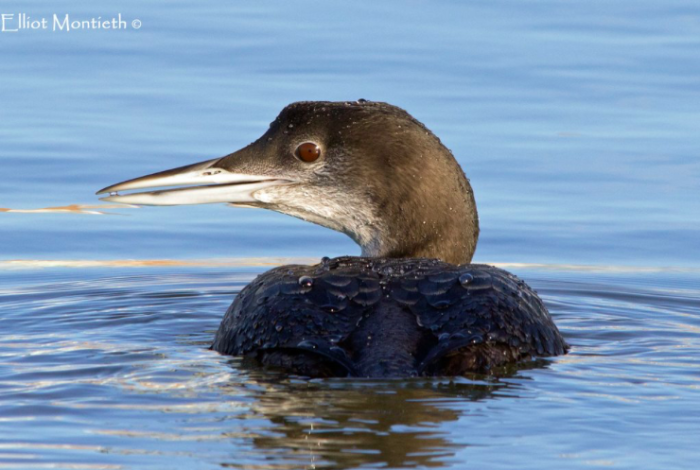Birdwatchers have been flocking to West Kirby Marine Lake to view a rather unusual site.
A young Great Northern Diver, which is more usually found miles offshore, has decided to take up residence on the lake.
Experts say the bird appears to be in good health and has been seen feasting on the wealth of crabs found in the lake.
It is highly unusual to see the Great Northern Diver so close inland. Although not a particularly rare bird it is uncommon be able to see, and photograph, it at such close quarters.

It is thought the bird first arrived at the marine lake in early December.
Wirral bird expert, Elliot Montieth said: “There’s interest in the bird as Great Northern Divers are usually seen far off shore, at sites such as Hilbre Island or Hoylake.
“The fact that we’ve got one on the lake is unusual but not unheard of.”
According to the Royal Society for the Protection of Birds, the Great Northern Diver, also known in North America as common loons, is largely a winter visitor to the UK’s coast.
It is a solitary species and is often found alone out to sea. They are very accomplished underwater swimmers and catch fish and small crustaceans with their thick, dagger-like bills. The chicks are able to dive only two days after hatching and can often be spotted sitting on a parent’s back for a ride.
This is not the first time a Great Northern Diver has been spotted at West Kirby Marine Lake. Records from the Cheshire and Wirral Bird Atlas, which monitors bird species across this area, show a Great Northern Diver spent two weeks at the same location sometime between 2006/2007. The birds have often been spotted off Hilbre Island since the 1950s.
The Great Northern Diver was still present at West Kirby Marine Lake at the time of writing this article.
To spot the bird for yourself, look out for a medium-sized bird, which spends a lot of time diving underwater. It has a brownish plumage, with a white chin and foreneck.